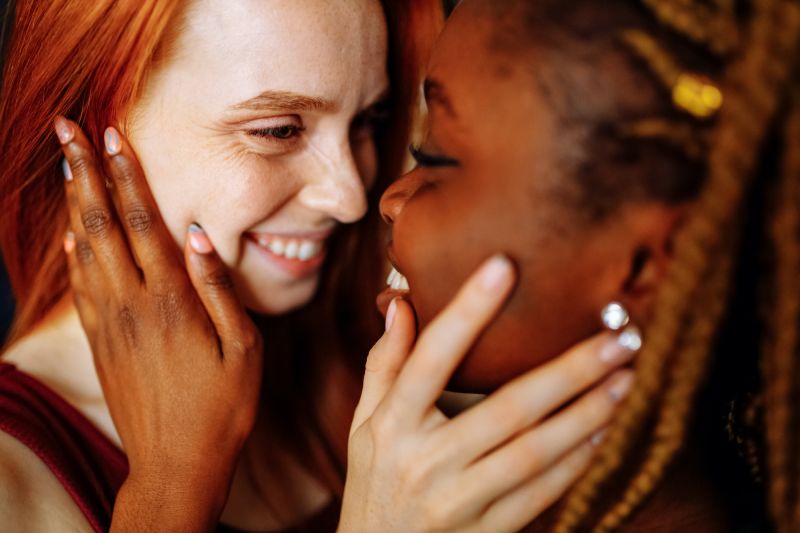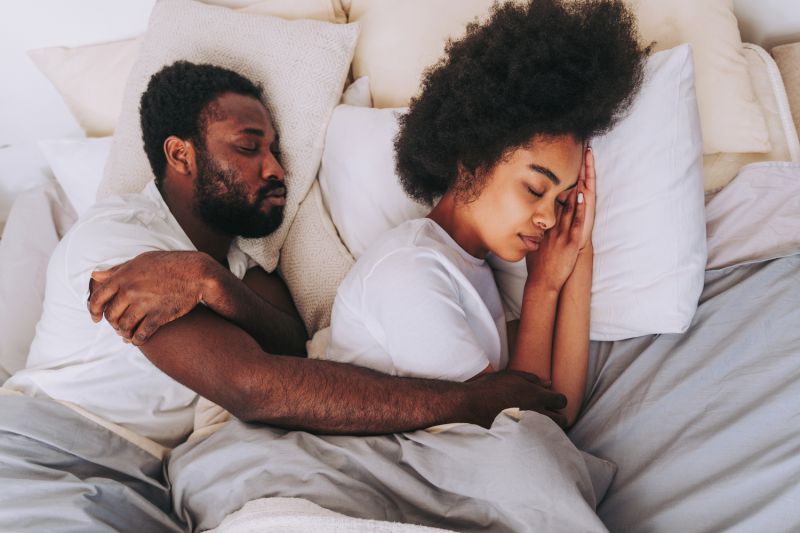Am I Asexual? Understanding Asexuality
What does asexual mean and how can you know if you are an “ace”? Asexuals, like bisexuals, are an overlooked demographic of the LGBTQ+ community fighting to get their voices heard and their sexual orientation understood. And it's a sexuality we should all learn more about!
Not everyone experiences sexual attraction or desire. In fact, as this orientation becomes widely recognized and sex education is welcoming different identities, more and more people are discovering, accepting, and enjoying their asexuality, stigma-free.

Are you wondering “Am I asexual”? or trying to be a better asexual ally? Get an introduction to this sexual orientation by reading these answers to your most-asked questions about asexuality.
What does asexual mean (what does it mean to be an “ace”)?
The prefix “a” in the term asexual means “not” or “without”. Asexuality is a sexual orientation. An asexual person is someone who experiences little or no sexual desire or attraction.
What does asexual mean and are there different types of asexuality? It is sometimes mistakenly seen as a personality flaw, a disorder, or confused with celibacy or shyness. Asexuals aren’t people who want sex but can’t or choose not to have it. They never, or only rarely, feel any desire to have sex at all.
What are the types of asexuality?
Asexuality exists on a spectrum and each asexual person will have their own unique experience of their sexuality. Some asexuals feel repulsion towards the very idea of sex, some feel nothing or neutral about it, while others feel occasional desire.
Asexuality, like any aspect of our sexuality, can change over time.

What’s the difference between asexual, aromantic, demisexual, and graysexual?
Asexuality is about sexual, not romantic, attraction and desire. Aromanticism (being an “aro”) is defined as feeling little or no romantic feelings toward other people.
Demisexuals tend to experience sexual desire when they get to know someone and feel emotionally close to them.
Graysexuals exist in the “gray area” of the asexuality spectrum, meaning they very rarely or occasionally experience sexual desire or attraction.
These labels can overlap and someone can identify differently at different times in their life.
What’s the difference between asexuality and a low sex drive?
It’s normal for anyone to have fluctuations in libido for various reasons, such as hormonal levels, age, physiological and psychological health, stress, or the state of your relationship. It’s not unusual to just not want to have sex sometimes.

If you’re experiencing a lack of libido but it feels like a challenge you are trying to overcome, a phase or something stopping you from experiencing your “usual” level of sexual desire, then you’re probably not asexual.
However, if your lack of libido feels permanent and like it is a part of you that you don’t feel compelled to change, you might be asexual.
Do asexuals have sex?
Whether an asexual chooses to have (or not have) a sex life is up to them. Some asexual people experience occasional desire and might enjoy sex with a close partner. Some asexuals might have the inclination to masturbate, whether as a form of relaxation or sexual pleasure, or even choose to have children.
Other asexual people will choose never to have sex. Again, it’s totally down to each individual person.
Asexual relationships: can asexual people fall in love?
Yes! As we said, asexuality is related to sexual, not romantic, attraction. Sex isn’t the same as love, and asexual people can have fulfilling and long-lasting relationships. Many things distinguish a romantic relationship from a friendship besides sex.

How many people are asexual?
Estimates say around 1% of the population is asexual, but it could be much higher as not enough research has been done.
Women are more likely to identify as asexual than men. It’s impossible to give a decisive reason for this, but it could be related to the prevailing association between masculinity and hypersexuality.
Am I asexual? Asexual signs
Are you wondering “Am I asexual”? One sign that you might be is that the label feels right. Other asexual signs are having no interest in the act of sex, not being turned on by erotic things that arouse other people, and not experiencing sexual attraction towards other people.
What does asexual mean? Whatever you want it to! Asexuality is completely normal. If you are asexual it doesn’t make you strange or mean you can’t enjoy intimate relationships.

Begin or continue your asexual journey by communicating your needs with your partners, finding an asexual community or talking with friends, and, most importantly, accepting and celebrating yourself just the way you are.









